- Over 1 million successful rentals
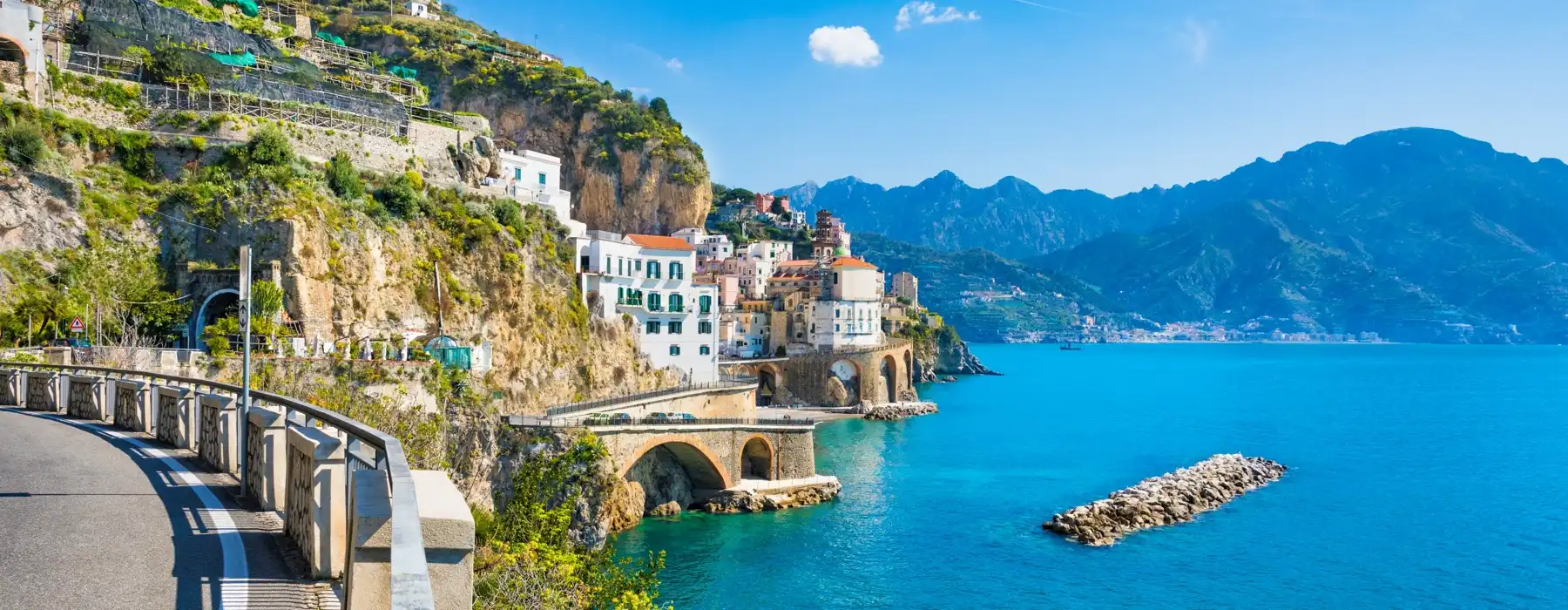
Car Hire Italy
Save time and money. We compare the offers of car rental companies in Italy on your behalf.
- Free cancellation Up to 48 hours prior to the scheduled pick up time
- Best price guarantee Have you found a better price? Let us know and we will make you a better offer.
- 24000+ pick-up locations Locations around the world

Compare Car Hire
Carrentals.co.uk offers simple and straightforward car hire comparison services. We don't add a penny to your quotes!
Car rental offers in Italy
Whether you're looking for a small rental car or a station wagon for the entire family, we will always have a suitable vehicle for the lowest price. Below are some examples from our selection in Italy.
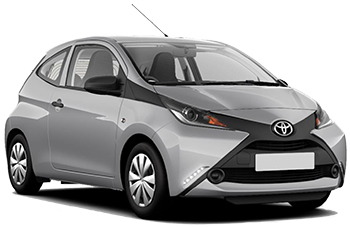
-
ECH rentals From£ 3 /day -
U-Save Auto Rental From£ 3 /day -
RentSmart24 From£ 4 /day
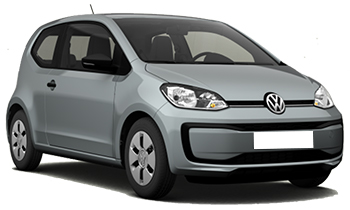
-
ECH rentals From£ 3 /day -
Target Rent From£ 3 /day -
Green Motion From£ 4 /day
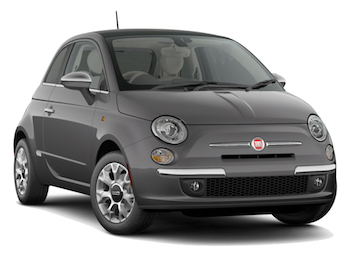
-
RentalPlus From£ 5 /day -
Goldcar From£ 7 /day -
RentSmart24 From£ 7 /day
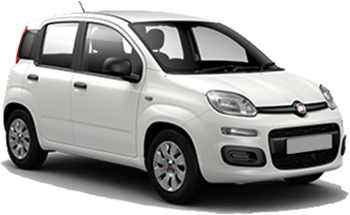
-
Target Rent From£ 3 /day -
Green Motion From£ 4 /day -
Record Go From£ 5 /day
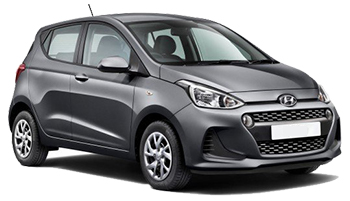
-
ECH rentals From£ 3 /day -
Record Go From£ 5 /day -
Centauro From£ 5 /day
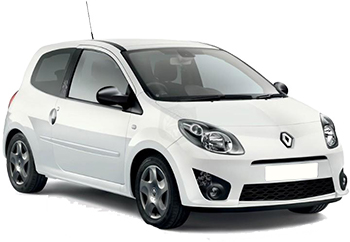
-
Viaggiare Rent From£ 6 /day -
Sixt From£ 21 /day -
Flizzr From£ 24 /day
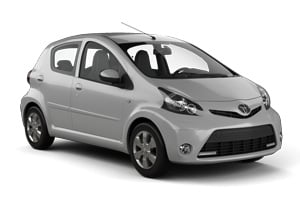
-
ECH rentals From£ 3 /day -
U-Save Auto Rental From£ 3 /day -
Sicily by Car From£ 29 /day

-
Target Rent From£ 3 /day -
RentalPlus From£ 4 /day -
RentSmart24 From£ 4 /day
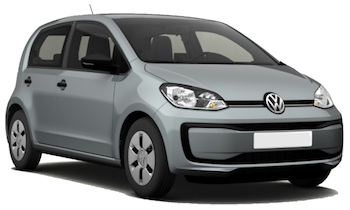
-
RentSmart24 From£ 6 /day -
Green Motion From£ 9 /day -
Avis From£ 23 /day

-
Target Rent From£ 3 /day -
RentSmart24 From£ 4 /day -
U-Save Auto Rental From£ 4 /day
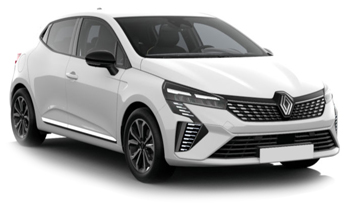
-
Target Rent From£ 3 /day -
OK Mobility From£ 5 /day -
Ecovia Rent From£ 6 /day

-
RentalPlus From£ 5 /day -
Viaggiare Rent From£ 6 /day -
RentSmart24 From£ 6 /day
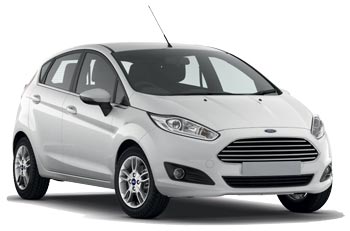
-
Target Rent From£ 3 /day -
SurPrice car rentals From£ 5 /day -
FELIRENT From£ 6 /day

-
U-Save Auto Rental From£ 3 /day -
Dollar Rent a Car From£ 22 /day
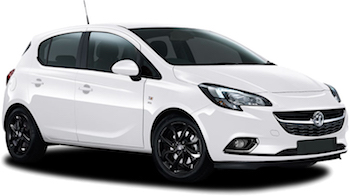
-
Viaggiare Rent From£ 6 /day -
Autovia From£ 7 /day -
Italy Car Rent From£ 11 /day
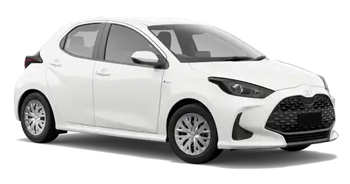
-
ECH rentals From£ 4 /day -
Record Go From£ 5 /day -
Ecovia Rent From£ 6 /day
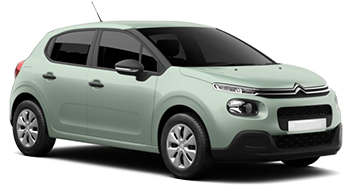
-
ECH rentals From£ 4 /day -
OK Mobility From£ 5 /day -
FELIRENT From£ 6 /day

-
RentSmart24 From£ 6 /day -
Italy Car Rent From£ 8 /day -
Green Motion From£ 17 /day
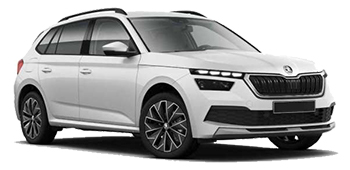
-
ECH rentals From£ 4 /day -
Budget From£ 20 /day -
Maggiore From£ 33 /day
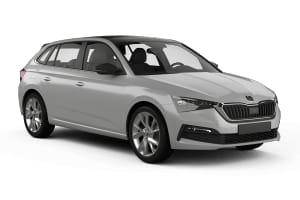
-
ECH rentals From£ 4 /day
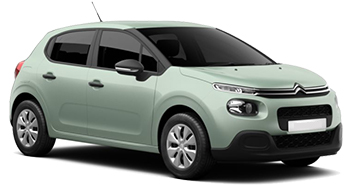
-
RentSmart24 From£ 6 /day
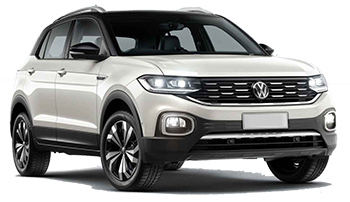
-
ECH rentals From£ 4 /day -
Moventur From£ 10 /day -
Centauro From£ 11 /day
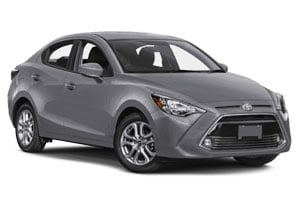
-
U-Save Auto Rental From£ 5 /day -
Green Motion From£ 5 /day -
Avis From£ 30 /day
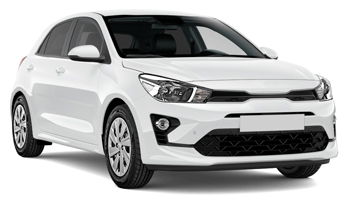
-
RentSmart24 From£ 6 /day

-
RentSmart24 From£ 5 /day

-
RentSmart24 From£ 5 /day

-
RentSmart24 From£ 6 /day
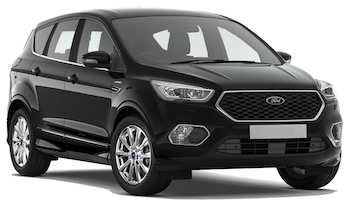
-
Target Rent From£ 6 /day -
Centauro From£ 9 /day -
Record Go From£ 10 /day
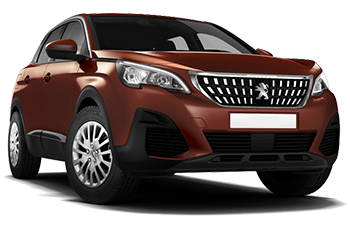
-
Green Motion From£ 6 /day -
OK Mobility From£ 8 /day -
Budget From£ 17 /day

-
Viaggiare Rent From£ 10 /day
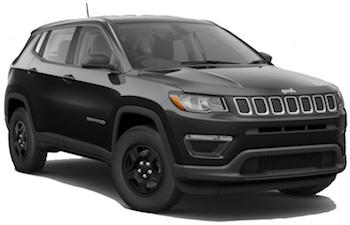
-
Green Motion From£ 7 /day -
ECH rentals From£ 7 /day -
SurPrice car rentals From£ 11 /day
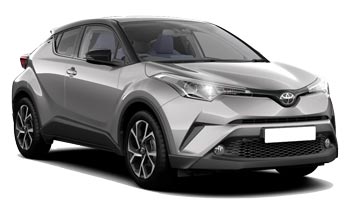
-
U-Save Auto Rental From£ 7 /day -
Autovia From£ 9 /day -
Noleggiare From£ 20 /day
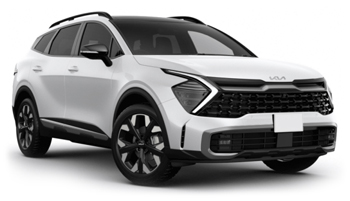
-
Autovia From£ 10 /day -
RentSmart24 From£ 14 /day -
Green Motion From£ 57 /day
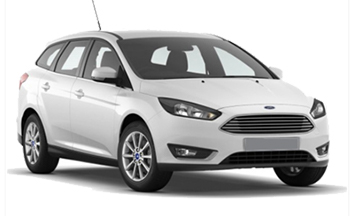
-
Goldcar From£ 8 /day -
Keddy By Europcar From£ 20 /day -
LocautoRent From£ 28 /day

-
Viaggiare Rent From£ 8 /day -
Moventur From£ 16 /day
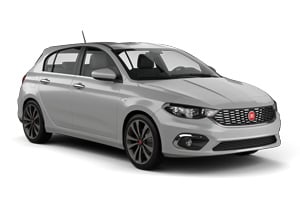
-
Italy Car Rent From£ 13 /day

-
OK Mobility From£ 9 /day
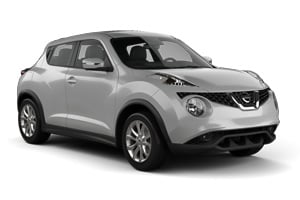
-
OK Mobility From£ 9 /day

-
Ecovia Rent From£ 9 /day

-
Ecovia Rent From£ 9 /day

-
OK Mobility From£ 9 /day
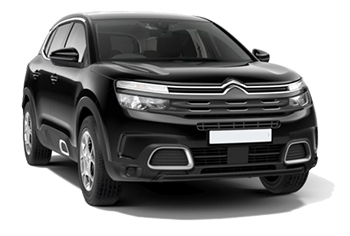
-
Ecovia Rent From£ 10 /day -
Noleggiare From£ 22 /day

-
Ecovia Rent From£ 9 /day -
Noleggiare From£ 22 /day

-
Viaggiare Rent From£ 15 /day -
Ecovia Rent From£ 17 /day
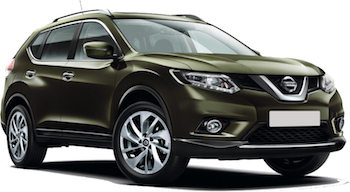
-
OK Mobility From£ 9 /day -
Budget From£ 44 /day

-
Autovia From£ 13 /day -
Budget From£ 51 /day
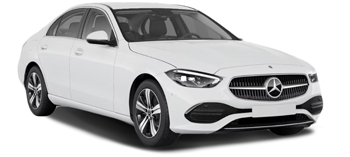
-
OK Mobility From£ 16 /day -
Avis From£ 26 /day

-
Autovia From£ 20 /day -
Budget From£ 59 /day
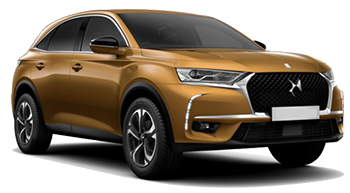
-
Green Motion From£ 17 /day

-
Green Motion From£ 17 /day -
Budget From£ 25 /day -
Europcar From£ 34 /day
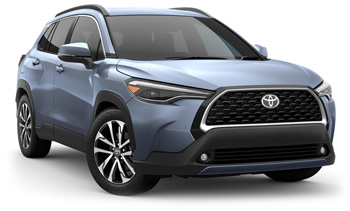
-
Noleggiare From£ 26 /day

-
Green Motion From£ 17 /day
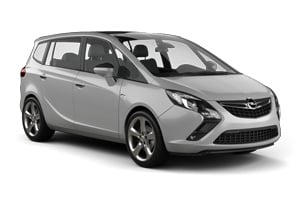
-
OK Mobility From£ 18 /day
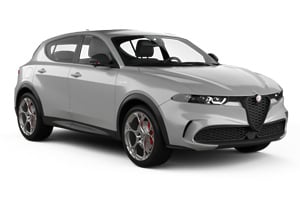
-
Maggiore From£ 27 /day -
Record Go From£ 59 /day
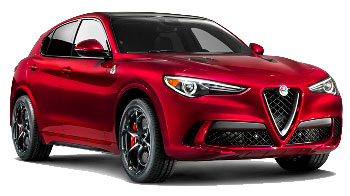
-
Target Rent From£ 11 /day -
Avis From£ 45 /day -
Drivalia From£ 72 /day
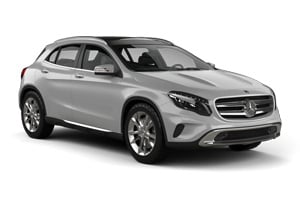
-
Record Go From£ 21 /day -
Noleggiare From£ 35 /day
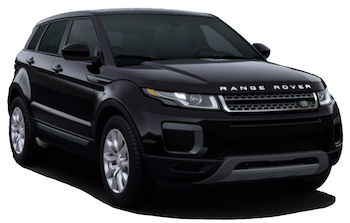
-
Autovia From£ 24 /day
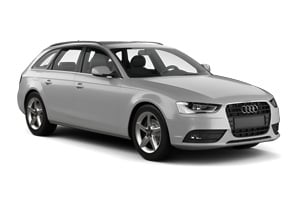
-
Target Rent From£ 21 /day -
Europcar From£ 32 /day -
Alamo From£ 43 /day

-
Autovia From£ 24 /day

-
Record Go From£ 30 /day -
Noleggiare From£ 39 /day
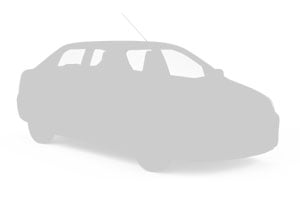
-
Autovia From£ 24 /day

-
Noleggiare From£ 31 /day
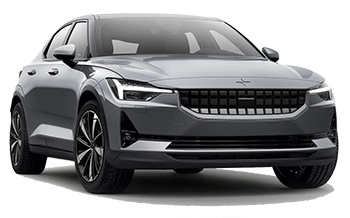
-
Hertz From£ 24 /day -
Dollar Rent a Car From£ 27 /day -
Thrifty From£ 27 /day

-
Target Rent From£ 6 /day -
Goldcar From£ 7 /day -
RentSmart24 From£ 10 /day
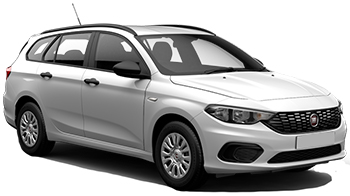
-
Carwiz rent a car From£ 7 /day -
Goldcar From£ 7 /day -
Moventur From£ 11 /day
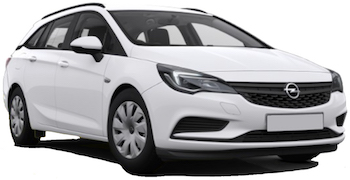
-
RentSmart24 From£ 8 /day -
Italy Car Rent From£ 18 /day -
Viaggiare Rent From£ 19 /day

-
RentSmart24 From£ 8 /day
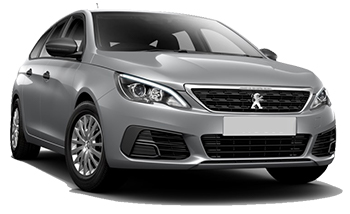
-
RentSmart24 From£ 9 /day -
Green Motion From£ 13 /day -
Ecovia Rent From£ 13 /day

-
Goldcar From£ 9 /day -
RentSmart24 From£ 11 /day -
RentalPlus From£ 16 /day
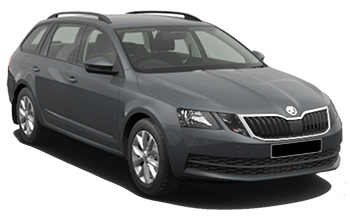
-
RentSmart24 From£ 9 /day -
Budget From£ 21 /day -
Sicily by Car From£ 22 /day
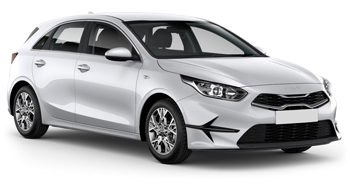
-
RentSmart24 From£ 9 /day -
Ecovia Rent From£ 29 /day

-
RentSmart24 From£ 9 /day -
Ecovia Rent From£ 15 /day -
Autovia From£ 17 /day
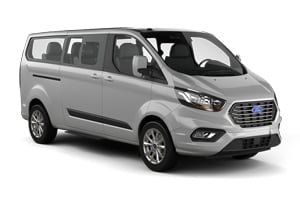
-
Ecovia Rent From£ 16 /day -
Noleggiare From£ 28 /day -
FELIRENT From£ 43 /day
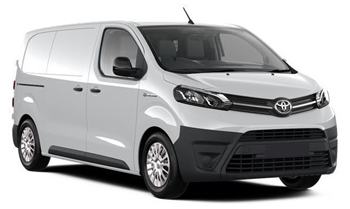
-
ECH rentals From£ 17 /day -
RentSmart24 From£ 76 /day -
Noleggiare From£ 105 /day

-
Ecovia Rent From£ 20 /day -
Noleggiare From£ 35 /day -
FELIRENT From£ 45 /day
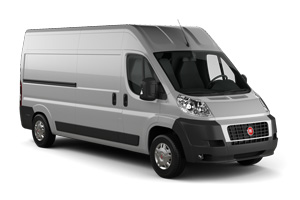
-
Target Rent From£ 24 /day -
ECH rentals From£ 33 /day -
Green Motion From£ 51 /day
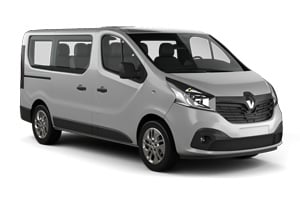
-
Europcar From£ 32 /day -
B-Rent From£ 64 /day
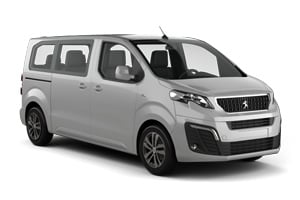
-
OK Mobility From£ 27 /day -
ECH rentals From£ 32 /day
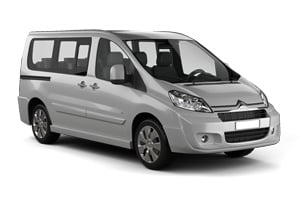
-
Target Rent From£ 28 /day -
Ecovia Rent From£ 84 /day -
Noleggiare From£ 88 /day
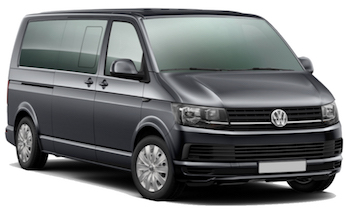
-
Europcar From£ 42 /day -
Sixt From£ 60 /day -
RentSmart24 From£ 62 /day
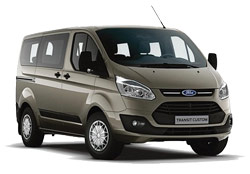
-
OK Mobility From£ 29 /day -
Viaggiare Rent From£ 40 /day -
Hertz From£ 52 /day
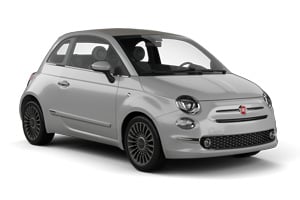
-
Viaggiare Rent From£ 13 /day -
Moventur From£ 15 /day -
Noleggiare From£ 16 /day

-
Viaggiare Rent From£ 13 /day -
Noleggiare From£ 24 /day -
Green Motion From£ 30 /day
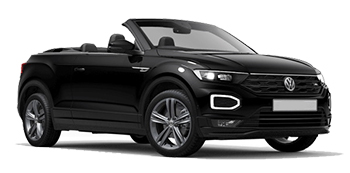
-
OK Mobility From£ 23 /day -
Sicily by Car From£ 44 /day
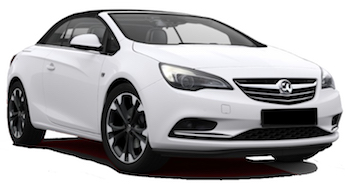
-
OK Mobility From£ 29 /day
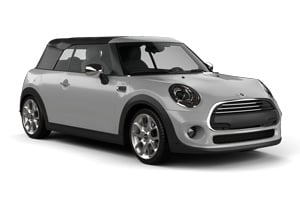
-
Sixt From£ 34 /day

-
Sixt From£ 32 /day -
Green Motion From£ 54 /day

-
Sicily by Car From£ 44 /day
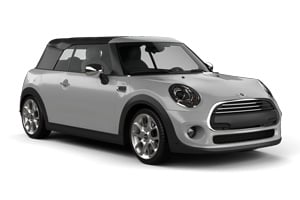
-
Sixt From£ 40 /day

-
Sixt From£ 45 /day
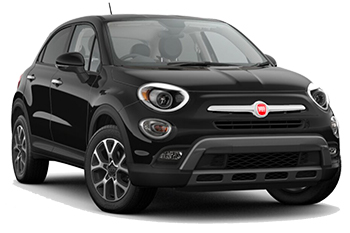
-
U-Save Auto Rental From£ 5 /day -
Target Rent From£ 5 /day -
Goldcar From£ 7 /day

-
U-Save Auto Rental From£ 5 /day -
Green Motion From£ 5 /day -
Avis From£ 32 /day
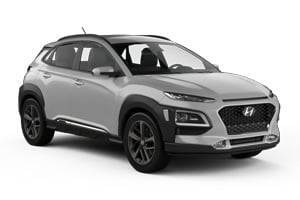
-
Goldcar From£ 8 /day -
Centauro From£ 18 /day

-
U-Save Auto Rental From£ 5 /day -
Autovia From£ 9 /day -
Noleggiare From£ 20 /day
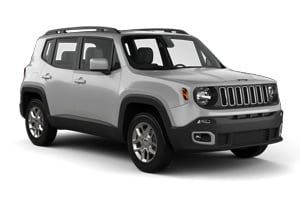
-
Record Go From£ 5 /day -
RentSmart24 From£ 11 /day -
Moventur From£ 11 /day

-
Goldcar From£ 8 /day -
Autovia From£ 19 /day -
Keddy By Europcar From£ 50 /day

-
OK Mobility From£ 5 /day -
Drivalia From£ 16 /day
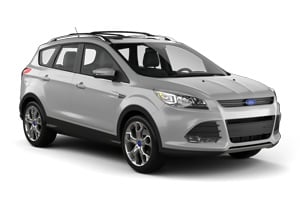
-
Target Rent From£ 6 /day -
Centauro From£ 9 /day -
ACE Rent A Car From£ 11 /day
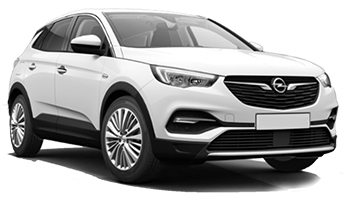
-
Goldcar From£ 10 /day -
Goldcar Key'n Go From£ 25 /day

-
Green Motion From£ 4 /day

-
Centauro From£ 6 /day -
Drivalia From£ 12 /day -
Flizzr From£ 34 /day

-
Centauro From£ 11 /day -
Maggiore From£ 40 /day -
Avis From£ 45 /day
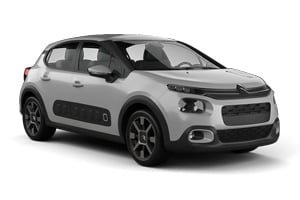
-
Italy Car Rent From£ 7 /day -
B-Rent From£ 13 /day -
Keddy By Europcar From£ 14 /day
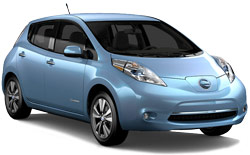
-
OK Mobility From£ 7 /day -
Avis From£ 65 /day

-
Italy Car Rent From£ 12 /day -
Keddy By Europcar From£ 17 /day -
Europcar From£ 24 /day

-
OK Mobility From£ 7 /day
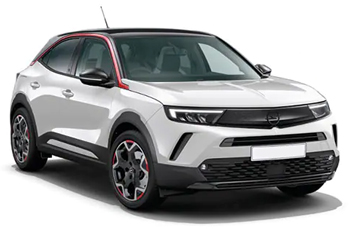
-
Centauro From£ 8 /day -
Noleggiare From£ 16 /day -
Europcar From£ 35 /day

-
Drivalia From£ 13 /day -
Keddy By Europcar From£ 17 /day -
Europcar From£ 18 /day
Popular cities in Italy
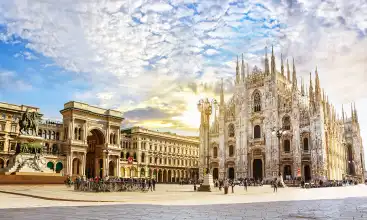
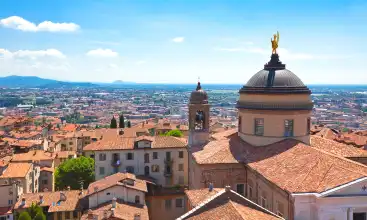
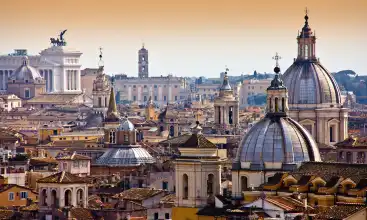
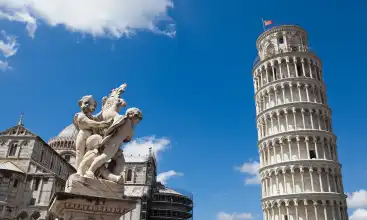
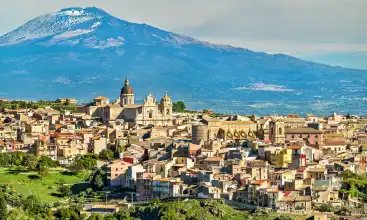
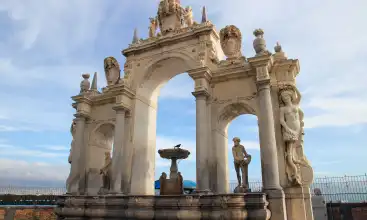
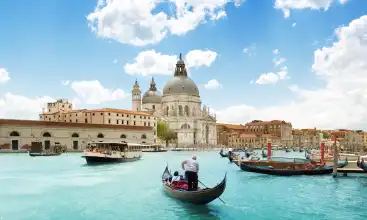
Popular rental locations in Italy
-
Car Hire Milan Malpensa AirportFrom
£ 3 /day -
Car Hire Bergamo AirportFrom
£ 3 /day -
Car Hire Pisa AirportFrom
£ 4 /day -
Car Hire Catania AirportFrom
£ 3 /day -
Car Hire Naples AirportFrom
£ 4 /day -
Car Hire Venice AirportFrom
£ 4 /day -
Car Hire Rome Fiumicino AirportFrom
£ 3 /day -
Car Hire Bari Palese AirportFrom
£ 5 /day

When to book a rental car in Italy
Italy - When is the most affordable time to rent a mini class car?
At this destination (Italy), January is the most affordable time to rent a mini class car with an average daily rate of
Italy - When is the most affordable time to rent a economy class car?
At this destination (Italy), January is the most affordable time to rent a economy class car with an average daily rate of
Italy - When is the most affordable time to rent a compact class car?
At this destination (Italy), January is the most affordable time to rent a compact class car with an average daily rate of
Italy - When is the most affordable time to rent an intermediate class car?
At this destination (Italy), January is the most affordable time to rent a intermediate class car with an average daily rate of
Italy - When is the most affordable time to rent a standard class car?
At this destination (Italy), February is the most affordable time to rent a standard class car with an average daily rate of
Italy - When is the most affordable time to rent a full-size car?
At this destination (Italy), November is the most affordable time to rent a full-size class car with an average daily rate of
Italy - When is the most affordable time to rent a luxury car?
At this destination (Italy), November is the most affordable time to rent a luxury class car with an average daily rate of
Italy - When is the most affordable time to rent a station wagon?
At this destination (Italy), November is the most affordable time to rent a station wagon with an average daily rate of
Italy - When is the most affordable time to rent a SUV?
At this destination (Italy), November is the most affordable time to rent an SUV with an average daily rate of
Italy - When is the most affordable time to rent a MPV?
At this destination (Italy), November is the most affordable time to rent an mpv with an average daily rate of
Italy - When is the most affordable time to rent a minivan?
At this destination (Italy), February is the most affordable time to rent a minibus with an average daily rate of
Italy - When is the most affordable time to rent a sports car?
At this destination (Italy), January is the most affordable time to rent a sports car with an average daily rate of
Italy - When is the most affordable time to rent a convertible?
At this destination (Italy), November is the most affordable time to rent a convertible with an average daily rate of
Italy - When is the most affordable time to rent a sedan?
At this destination (Italy), November is the most affordable time to rent a sedan with an average daily rate of
Car rental locations in Italy
Carrentals.co.uk compares rental car prices at the following destinations

Italy Guide
Italy is best explored by rental car. Carrentals.co.uk has over 641 pick-up locations in Italy. This means there is always a pick-up location close to your destination.
Most popular car hire locations in Italy
Driving
All roads lead to Rome, making experiencing all the charms of Italy easy. There is history in the capital, art in Florence, food in Tuscany, wine in Chianti, fashion in Milan and romance in the fabled city of Venice. Driving to any of these places can be a sublime travel experience because not only are they great destinations in themselves, but visitors get to experience the beauty of the Italian countryside along the way.
Driving Tips for Italy
The well-maintained motorway network has good signposts. It is a different story, however, within the built-up areas. Roads in the city centres are often one-way or even closed to vehicles. Additionally, local drivers tend to ignore traffic regulations.
Driving licences: licences from the EU, including the UK, are accepted, except old-style licences without a photo. In this case, an International Driving Permit must be presented.
Which side does Italy drive on: the right.
Speed limits:
Highways and dual carriageways (outside urban areas): 81mph (130kph)
National or provincial roads: 68mph (110kph)
Open roads: 56mph (90kph)
Urban roads: 31mph (50kph)
Alcohol limits: 0.05 per cent compared with the UK's 0.08 per cent limit. For drivers who have had their driving licence for less than three years, the limit is nil.
Driving age: 18 years, but 21 years for those wishing to hire a car.
Seatbelts: compulsory for both rear-seat and front-seat passengers. Children who travel in a UK registered vehicle must wear seatbelts per UK standards.
Mobile phones and GPS: driving while talking on a mobile phone is illegal in Italy. Using a hands-free kit, however, is allowed. The use of a GPS device is possible but it must be programmed while the vehicle is stationary.
Cost of fuel in Italy: unleaded petrol (benzina) is slightly cheaper while diesel (gasolio) is slightly more expensive than in the UK.
Car hire and fuel payment: for most suppliers, hiring a car requires a swipe of your credit card. Filling at a petrol station can be done using a credit card.
Insurance: third-party insurance is compulsory and inclusive with car hire. However, because small accidents are common, especially in the cities, comprehensive insurance is recommended.
Traffic and parking: traffic is restricted in many major towns and historical centres under the Limited Traffic Zone (Zone a Traffico Limitato). Parking can only be done on the right side and requires a parking disk, obtainable from hotels, petrol stations and tourist offices. You leave the disk on the driver's side of the dashboard. It counts the total time the car is parked, with the maximum allowed time one hour.
Transport
Trains
The railway network in Italy is good and comprehensive but the quality of the trains varies. The high-speed trains (Eurostar Italia, Frecciabianca, Frecciarossa and Frecciargento) are fast and reliable. They are the trains to take when you plan on using them in conjunction with flights and they stop at the major destinations such as Rome, Milan, Bologna, Venice, Florence, Naples and other cities. Meanwhile, the regional trains, while cheap, are slow and unreliable. Somewhere in between are the intercity trains. The main railway operator is Trenitalia. A high-speed train ride from Rome to Venice costs around £65, while a Rome to Florence train ride costs around £35.
Taxis
Taxis are an option to get around many of the cities and towns as they are widely available. A ride can be expensive but weighed against speed and convenience, might just be worth it. Visitors are advised to use only government-regulated cabs, which are white or yellow. They can be hailed at official taxi stands or ordered by phone. Unofficial cabs do not have an official ID or a metre and may charge exorbitant prices. In Rome, a quick cab ride usually costs under £10, but more when the streets are congested or when hired at night. Drivers usually charge a supplement for luggage, typically £0.80 per bag.
Buses
The advantages of train travel in Italy almost always outweighs the advantages of taking an intercity bus. Still, there are a few places without a train station that are best reached by bus. There is no one main bus operator for intercity travel. Thus, the quality of service varies. Local tourist offices are able to provide timetables and fares, and in the major cities, the intercity buses have dedicated ticket offices. Meanwhile, getting around by bus major tourist centres is straightforward as most networks have some sort of city card which make paying for public transport as well as museums fast and easy. A single-trip bus fare within a city usually costs under £1.
Ferries
The main ports of Italy are Genoa (the largest), Rome, Naples, Cagliari and Livorno. There are regular ferries that take both passengers and vehicles to the islands of Sardinia, Sicily, Capri and the Aeolian Islands. Tirrenia Navigazioni has services to most Italian ports. Ferries can have cabins, dorms and armchairs. The cost for a Genoa to Sardinia ferry ride begins at around £35.
Airports
The main international gateway to the country is Rome's Leonardo da Vinci-Fiumicino Airport, with Alitalia as the main carrier. Alitalia, British Airways, EasyJet and Monarch fly direct from London to Rome. Rome Ciampino Airport, meanwhile, is a hub for Ryanair, which has direct flights to London. A London to Rome flight usually takes around 2 hours, 20 minutes. Budget carriers are popular in Italy and the cost of a return domestic ticket begins at around £40. Alitalia flies many domestic routes between the main airports in Rome, Milan, Bologna, Naples, Palerma and a handful of others.
Explore
Exploring Italy
No other country has a higher number of UNESCO World Heritage sites than Italy. It is for this reason that perhaps no one holiday is enough to experience all it has to offer and to discover all its charms. Those willing to try can begin in the historic capital city of Rome where some of the best-known landmarks of the world can be found, from the Roman Coliseum to the Basilica of Saint Peter.
Heading north, travellers will come upon the city which has filled, and continues to fill, the travel dreams of many. Venice and its twisting and winding canals is said to be one of the most beautiful and most romantic cities in the world. Don’t miss the Rialto Bridge, St Mark’s Square or the Jewish Ghetto.
Also in the north is Italy's centre of finance, commerce and most importantly, fashion. Milan is filled with fashionable locals and even the police sport uniforms designed by world-class fashion designers here. But it is perhaps the city’s museums and Duomo (cathedral) that appeal to most culture buffs.
In central Italy, art, learning and history come together in a city where the Italian Renaissance movement was born. Florence has some of the most beautiful architecture in the world, including plazas and museums like the Uffizi, which is filled with works by some of the world's greatest artists, such as Da Vinci, Michelangelo, Botticelli, Caravaggio and many others.
Of course, no visit to Italy would be complete without sampling the country's culinary delights. Naples is the birthplace of pizza and it is every visitor's responsibility to have a slice of the country's most famous food export. For some of the best wine in the world, visitors can simply head to the rolling hills and vineyards of Tuscany where the landscapes are as splendid as the wines.
Our Travel Editor’s Recommended Drives
Dolomites – in Italy's Alpine regions is the spectacular Dolomites, a UNESCO World Heritage site. The drive here, particularly along the SS48 (Grande Strada delle Dolomiti), is scenic for many reasons, including the stunning views of mountains, valleys and lakes.
Florence to Siena – the drive to and from these two medieval cities in the beautiful region of Tuscany is something that should not be missed. Along the way, visitors will come across vineyards which offer a taste of some of the finest Italian wines.
Italian Riviera – the northwest region of Italy is famed for its mild climate and the beauty of the old fishing ports found here. The towns and villages of Portofino, Ventimiglia, Cinque Terre and San Remo are great places to head by car.
Amalfi Coast – some of the most iconic images of the Mediterranean can be viewed in the coastal cities of Amalfi. One such city is Positano, with its quaint yet spectacularly beautiful cliff-side villages. A drive on the coast-hugging SS163 highway offers some of the best views of the region.
Holidays and Festivals
New Year's Day (1 January)
Epiphany (6 January)
Easter Monday (Monday after Easter)
Liberation Day (25 April)
Labour Day (1 May)
Anniversary of the Republic (2 June)
All Saints' Day (1 November)
Assumption Day (15 August)
Christmas Day (25 December)
St Stephen's Day (26 December)
Immaculate Conception Day (8 December)
Weather
Italy stretches from the high Alpine regions of the north to the Mediterranean islands of the south. It is for this reason that weather in the country is diverse. In the Po Valley region of the north, the climate is continental. Summers are warm while winters are cold and harsh. In Milan, average winter temperatures dip a couple of degrees below freezing. July and August see the highest temperatures. In the Sicilian capital of Palermo, summer temperatures average at 28°C. The coastal regions covering the Italian Riviera, Tuscany and much of the south have a typical Mediterranean climate.
Practical Stuff
Italy Travel Tips
Italy is a popular travel destination because of the wealth of travel experiences it offers: from history to art and food to natural landscapes. Unfortunately, petty theft can be a problem, especially in the major tourist centres. Vigilance and caution must be taken. Below are other travel tips worth considering before travelling here.
Italy contact numbers
County code (+39)
British Embassy, Rome – +39 6 4220 0001
Italian state police - 113
Money matters
The official currency in Italy is the euro (EUR, €). Currency is easily exchanged at airports, railway stations, banks, exchange bureaux (cambio) and hotels, which accept both travellers' cheques and cash. Major credit cards such as Visa, MasterCard, Diners Club and American Express are widely accepted. ATMs (bancomat) are widely available.
Health and safety
Water from most taps is safe to drink. Otherwise, visitors will see an acqua non potable sign. At any rate, bottled water is readily available. Special precautions against diseases are not required. European Health Insurance Cards are accepted for emergency medical services. Unless specifically covered by travel insurance, non-EU travellers need to pay for healthcare out of their pocket.
Fitting in…
Appearance is important in Italian culture and people here judge other people based on their looks. Dress appropriately in order to be treated properly. Many tourist spots are churches, chapels, monasteries and other places of worship where visitors need to respect the sanctity of these places with appropriate dress and behaviour, with religion playing an important role in Italian life.
Visas for Italy
Italy is a signatory to the Schengen Agreement meaning nationals of other signatory states can enter with just a national ID card. Citizens of the UK, the US, Canada and Australia can enter visa-free on presentation of a passport which is valid for three months beyond the intended date of exit.
Electricity
As with the rest of Europe, the voltage of sockets in Italy is 220-230V/50Hz. A power converter or a transformer is required to use appliances with a different voltage. Most Italian sockets accept plugs with two or three round prongs. If your device uses a different plug, purchasing an adapter before travel is recommended.
Business hours
Offices: 08:00 to 13:00 and 15:00 to 19:00, Monday to Friday
Shops: 09:00 to 13:00 and 16:00 to 20:00, Monday to Saturday
Banks: 08:30 to 13:30 and 15:30 to 16:30, Monday to Friday
Helpful phrases
Ciao – Hello
Grazie – Thank you
Buon giorno – Good morning
Prego – You are welcome
Arrivederci – Good bye
Buona sera – Good evening
Si/no – Yes/no
Scusami – Sorry
Buona notte – Good night
Non capisco – I don’t understand
Quanto costa questo? – How much is this?
Parla inglese? – Do you speak English?
Dove e… ? – Where is… ?
Practical information
-
CurrencyEuro
-
Driving directionRight
-
City speed limit50 km/h
-
Freeway speed limit110 km/h
-
LanguageItalian
-
Popular car categoryMini
What most people want to know
The following questions and answers are a selection of the most popular questions. If you do not find the answer to your question, have a look at the Frequently Asked Questions page or contact us.
- LocautoRent
- Alamo
- Goldcar Key'n Go
- Street Rent a Car
- Enterprise
- Dollar Rent a Car
- Flizzr
- Autounion Car Rental
- Sicily by Car
- Thrifty
- Buchbinder
- Centauro
- Keddy By Europcar
- NÜ Car Rentals
- Budget
- Hertz
- Leasys
- Avis
- Europcar
- Goldcar
- Ecovia Rent
- Maggiore
- Sixt
- RentalPlus
- Record Go
- Drivalia
- Italy Car Rent
- Viaggiare Rent
- RentSmart24
- JoyRent
- Noleggiare
- FELIRENT
- OK Mobility
- Green Motion
- Autovia
- Optimo Rent
- FireFly Car Rental
- U-Save Auto Rental
- Abbycar
- InterRent
- wheego
- B-Rent
- Carwiz rent a car
- Moventur
- Target Rent
- Rhodium Car Rental
- ECH rentals
- ACE Rent A Car
- SurPrice car rentals
- OtoQ
- Smile Rent
- CITROEN
- AVIS Car-Away
- Garage No1
- National Car Rental
- Tangerine
- Rent Max
- Acarent
- Welcome Cars
- Gobycar
- addCarRental
- Cima Luxury
- Primerent
- Nur Rent a car
- McRent
- Elite (Luxury)
- Your Rent
- Autonom
- Active Car Rental